Turmeric is a spice that comes from the roots of the plant called Curcuma longa. Underneath its tough brownish skin is a deep orange-colored flesh. Turmeric is often used in Asian dishes, to which it gives a warm, peppery flavor. But aside from its culinary value, it is believed to relieve conditions such as muscle sprains andarthritis, protect against liver disease, reduce symptoms of irritable bowel syndrome, andprevent cancer growth.
How does Turmeric Work for Anti-Inflammation?
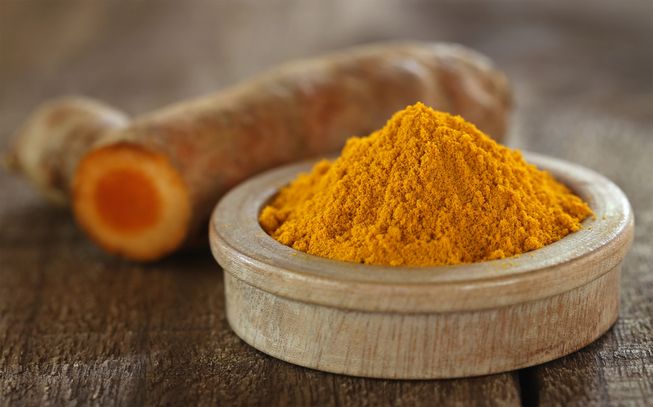
The active component of turmeric for inflammation is called curcumin, an antioxidant with anti-inflammatory properties. Studies show that curcumin also has antioxidant and anti-tumor activity. This compound is believed to inhibit the production of pro-inflammatory compounds called eicosanoids. Regular consumption of curcumin, therefore, results in reduction of systemic inflammation.
8 Ways of Using Turmeric for Inflammation
Here are some ways you can use turmeric to reduce inflammation.
1. Golden Milk
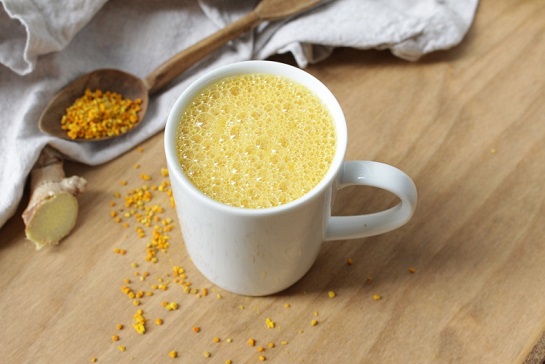
Boil two cups of milk or almond milk (unsweetened) with a tsp. each of powdered turmeric and powdered ginger. Allow to cool then add one tbsp. of honey. You can also add ½ tsp. each of cinnamon, nutmeg, and cardamom to the milk if you're taking it before bedtime to experience a good night's sleep.
2. Top Your Salad with It
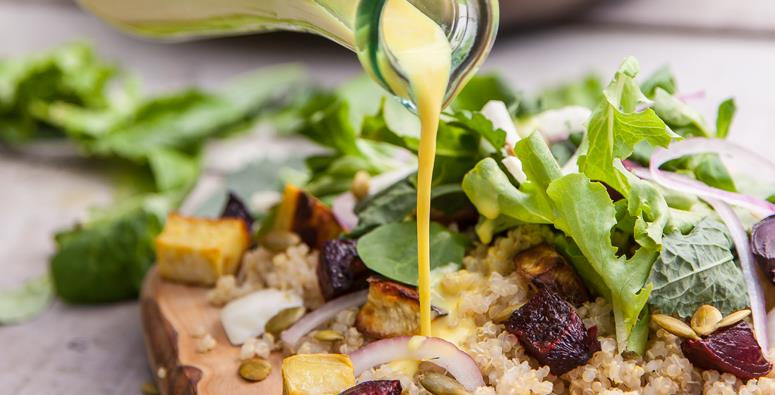
Sprinkle a small amount of ground turmeric on your salad. You can also blend your own salad dressing by whisking ½ tsp. turmeric, 2 tsp. apple cider vinegar, 2 tsp. miso paste, 1 tbsp. olive oil, 1 tbsp. honey and some lemon juice.
3. Sprinkle on Avocado
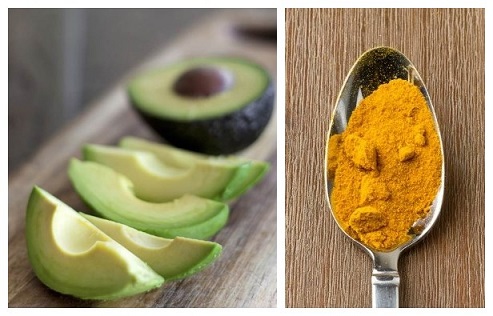
To make a healthy snack with lots of fiber and healthy fat, mash half of an avocado, sprinkle some turmeric, sea salt, and black pepper, then spread it on your rice crackers.
4. Brewed Tea
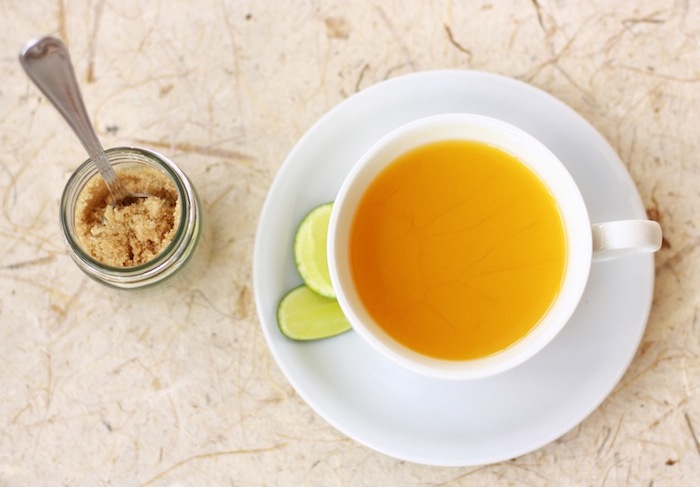
Here’s another way to enjoy turmeric for inflammation. Boil 1 cup of water and add ¼ tsp. ground turmeric. You can also use freshly grated turmeric. Allow to simmer for 10 minutes then strain. Stir in some honey or lemon juice if desired, for added flavor.
5. Silky Smoothie
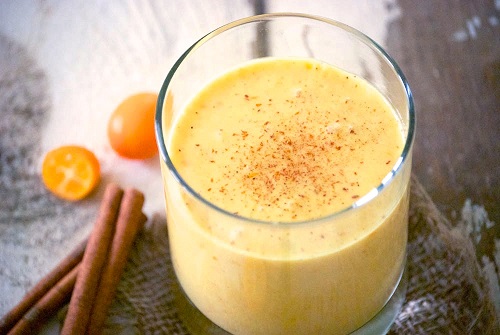
Make a smoothie with a variety of fruits such as bananas, mangoes, grapefruit, or even carrots! You can invent your own spicy smoothie with turmeric. Try it also with pumpkin pie.
6. Nice Rice
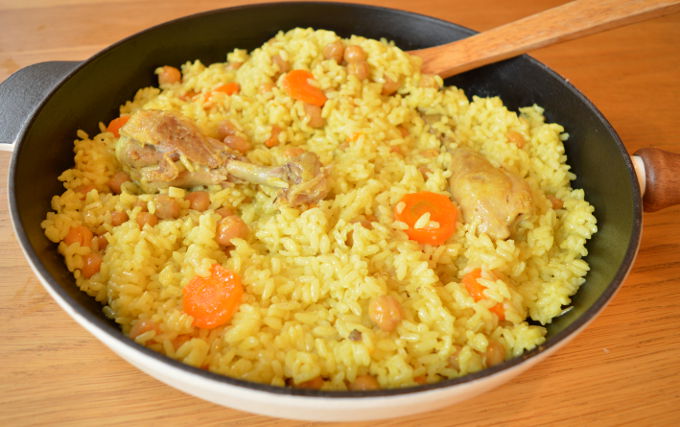
If you want flavorful rice, sprinkle turmeric and transform your rice to a beautiful subtle flavor and bright orange color. You can also add in tomatoes and other vegetables to make a healthy recipe.
7. Roast Vegetables

If you love roasting your vegetables in the oven, spice them up first. Turmeric is a great spice to add to vegetables because it gives them a golden hue and incredibletaste. Use red potatoes and add olive oil, turmeric and thyme before sticking it into a hot oven, to shoot up its flavor.
8. Sublime Soup
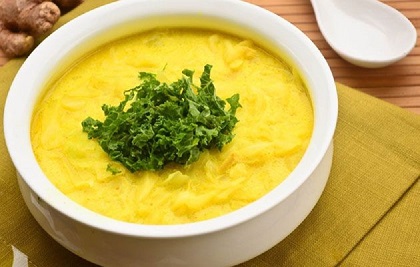
Soup with turmeric for inflammation is not only comfort food, but a health food as well. Create a Thai carrot soup with turmeric, cumin, garlic, and coriander to make utterly delicious soup. Being a versatile spice, turmeric can also be added to plain vegetable soup, potato soup, and pumpkin soup.
What Else Can Turmeric Do?
1. Rheumatoid Arthritis Management
Turmeric has been found to be highly effective in helping people deal with rheumatoid arthritis. A recent Japanese study discovered that curcumin reduces the production of inflammatory markers called interleukin (IL)-6, which is associated with the disease. This finding suggests that turmeric can be used to prevent the joint condition.
2. Anti-Depressant
Research suggests that curcumin has the ability to improve symptoms of depression. When compared to a popular antidepressant drug called fluoxetine (Prozac) in a controlled setting, it was found that turmeric has comparable beneficial effects in patients with major depressive disorder. In addition, it does not carry all the adverse effects anti-depressant drugs do and appears to be an effective and safe treatment for patients with depression.
3. Cancer Prevention
Recent studies found that turmeric may inhibit the growth of cancer cells, kill cancerous cells, and boost immune system function. It may be related to its effect in improving the function of mitochondria in the cellular level, which improves cell metabolism. It has also been found to fight against drug-resistant type of leukemia, causing the destruction of cancer cells.
4. Skin Protection
The function of turmeric for inflammation may be attributed to its healing properties in the skin. Its natural anti-inflammatory properties reduce skin irritation and redness. It has antibacterial properties, so it helps heal acne, reduce blemishes, and restore skin balance. Turmeric helps improve the texture of your skin because it has antioxidant properties and exfoliant action.
5. Brain Health and Memory Promotion
Regular consumption of turmeric may help improve oxygenation of the brain, and boost brain functions. Turmeric also increases healing in the brain and helps increase memory function. It also helps maintain balance in the hormones found in the brain, such as melatonin and serotonin, thus reducing your risk of mental illnesses.
